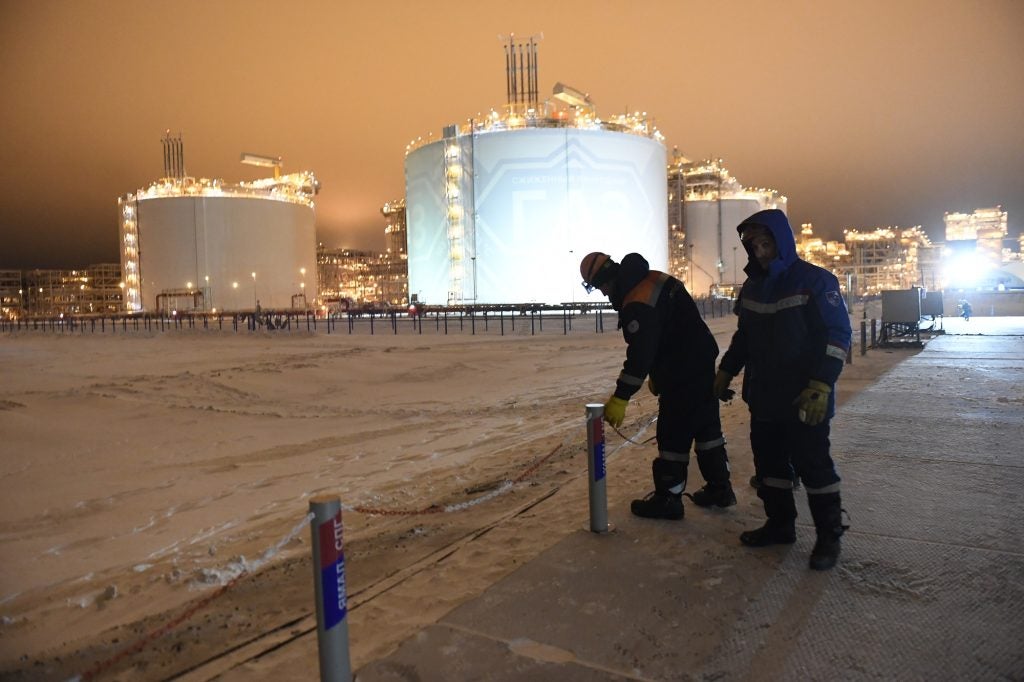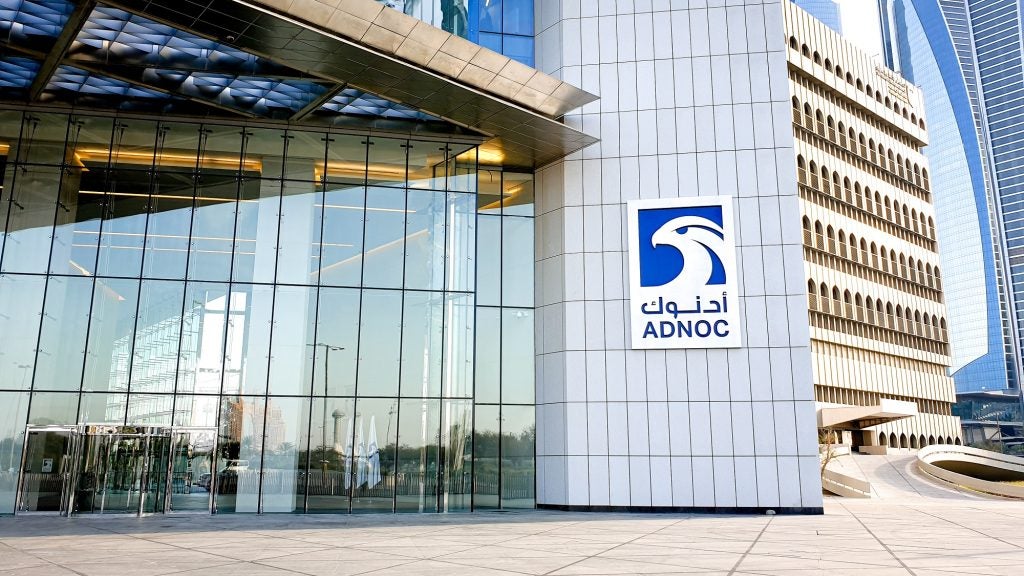
There is no doubt that the Kristin oil, gas and condensate field has been a challenging project for StatoilHydro and its partners. Since its discovery in 2003, and subsequent streaming in 2005, it is still regarded as the most inhospitable drilling environment on the Norwegian shelf and dealing with high pressure and high temperatures has thrown up several issues.
Given the current state of the oil and gas industry – increasing demands for depleting energy supplies – companies are returning to mature oilfields and investigating deepwater reservoirs to make the most of available sources.
With Kristin, StatoilHydro has introduced a number of new technologies in order to find drilling complications and ensure the safe transport of oil, gas and liquefied natural gas. These technologies not only show the way for Kristin, but opens up possible opportunities for the future of energy production.
Early preparations
Kristin was developed with 12 subsea wells in four subsea templates with 6in steel flowlines transporting the wellstream from the templates to the floating production unit. The subsea system was designed to accommodate the field’s shut-in wellhead pressure, which is 740 bar, and a floating wellhead temperature of 157°C in 380m of water.
See Also:
This called for the development of a high-integrity pressure protection system to help protect the flowlines and risers from overpressure. In addition, StatoilHydro had to upgrade the direct electric heating technology to inhibit the formation of hydrocarbon ice in the pipelines during shutdowns.
How well do you really know your competitors?
Access the most comprehensive Company Profiles on the market, powered by GlobalData. Save hours of research. Gain competitive edge.

Thank you!
Your download email will arrive shortly
Not ready to buy yet? Download a free sample
We are confident about the unique quality of our Company Profiles. However, we want you to make the most beneficial decision for your business, so we offer a free sample that you can download by submitting the below form
By GlobalDataThis is imperative when such situations occur. For example, in early 2008, Kristin had a brief shutdown due to a storm in the North Sea.
The oilfield produces close to 96,000bopd, 4.43m³ of gas and 1.03 million tonnes of natural gas, so it is essential that the field is run as effectively and as smoothly as possible despite extreme conditions. This is aided by the implementation of a new cathodic protection system for flowlines, and a course of extensive qualification work related to flowline material and flexible risers.
Comprehensive dynamic flow assurance work has been carried out as the basis for all qualification and development tasks. In addition, the well completion and workover system has also required extensive qualification and upgrading to accommodate Kristin’s demanding reservoir conditions.
HP/HT concerns
StatoilHydro’s research into high-pressure/high-temperature (HP/HT) shale cores was the major influence in Kristin’s well planning and design. The reason drilling development wells in HP/HT areas causes such a problem is, firstly, due to the small range of mud weights that can be applied to accommodate safe drilling and, secondly, the rapid reduction in reservoir pressure encountered during production, which limits opportunities to drill more wells when the reservoir is
significantly depleted.
The key to overcoming these problems stems from a study of rock mechanics and of HP/HT shale intervals in order to gain further insight. One issue related to the mud weight window is how well-stability will be affected by its inclination relative to sediment bedding and laminae, both of which can act as planes of weakness.
This was virgin territory in scientific terms because most HP/HT fields have been developed using vertical or sub-vertical wells with inclinations of less than 45 degrees. However, some of the wells drilled on Kristin are approaching the horizontal.
To test this, shale cores cut from within and just above the reservoir were first subjected to thorough geological, petrophysical and rock mechanical characterisation by the Norwegian Geotechnical Institute. The results were then used to develop advanced numerical models of the shale stability.
Next, the models were experimentally verified by Sintef Petroleum using ‘hollow cylinder’ tests, with the cylinders representing the boreholes. Altering the direction of the pseudo boreholes relative to the bedding for three cases (perpendicular, 30 degrees and parallel) showed that shale strength and borehole stability is radically reduced when wells are drilled parallel or sub-parallel to it.
Another issue is the underbalanced drilling of shale intervals once a reservoir has been depleted, for example, drilling when the pore pressure exerted by the shales is higher than that exerted by the drilling mud. Here, the low permeability of the shales (0.1nD perpendicular to the laminations) is sufficient for metre-thick intervals to retain high pore pressures, even when lodged between heavily depleted reservoir sandstones with significantly lower pressure.
Hollow cylinder tests were carried out to simulate this, and an underbalance of 37MPa was attained before shale failure in a pseudo borehole perpendicular to the bedding. This looks good for under-balanced shale drilling, as long as the mechanical properties and in situ stresses of the shale intervals are known and evaluated in advance.
Kristin oilfield
|
Operator: |
StatoilHydro |
|
Location: |
Halten Bank, Norwegian Sea |
|
Production: |
Gas, condensate and rich gas |
|
Production start: |
November 2005 |
|
Partners: |
StatoilHydro 55.3% |
|
Petoro 19.6% |
|
|
Mobil Development Norway 10.9% |
|
|
Eni Norge 8.2% |
|
|
Total E&P Norge 6% |
Borehole stability
StatoilHydro’s rock mechanics specialists have devised a better way of predicting the stability of a borehole before it is drilled. Already successfully applied to exploration wells, this method centres on the accurate determination of minimum horizontal stress – a vital parameter not only when attempting to minimise loss of drilling fluids into a formation through fractures induced by the drilling process, but also by planning the paths of complex productions wells and ensuring
that the rate of hydrocarbon production does not damage weak reservoirs.
All these aspects contribute to considerable savings and increased profit, and are used in projects similar to Kristin due to the considerably inhospitable nature of the boreholes.
This process is implemented by drilling until a predetermined depth has been reached and the borehole is protected by metal casing. Before drilling resumes, a well integrity test is conducted on the unprotected section of the borehole just below the casing.
This first step is to increase the pressure of the drilling fluid until the borehole wall starts to fracture. Drilling fluid continues to be pumped down until the fracture extends into the undisturbed formation beyond the wall, when pumping stops to allow the fracture to start closing.
From a graph of pressure versus time, drillers can roughly calculate the minimum value of the horizontal stress in the rocks required to close the fracture, thereby creating a safety threshold. To make sure the fracture has closed, StatoilHydro added a third step: releasing pressure and allowing the drilling fluids to flow back up the well to the surface.
This provides a far more accurate measurement of the minimum horizontal stress, which in turn allows the next well interval to be drilled safely, with the procedure being progressively repeated at each casing shoe as the borehole deepens. Developing Kristin has by no means been an easy task.
However, with a daily production of around 10 million cubic metres of gas with good reliability, StatoilHydro has proved that it has mastered the challenges presented by developing a deepwater reservoir.
Company profile
StatoilHydro was established in 2007 following the merger of Statoil and Norsk Hydro’s oil and gas division. Since the early 1970s, both companies have played strong roles within the development of Norway’s oil and gas industry. StatoilHydro has 29,500 employees in 40 countries worldwide.





